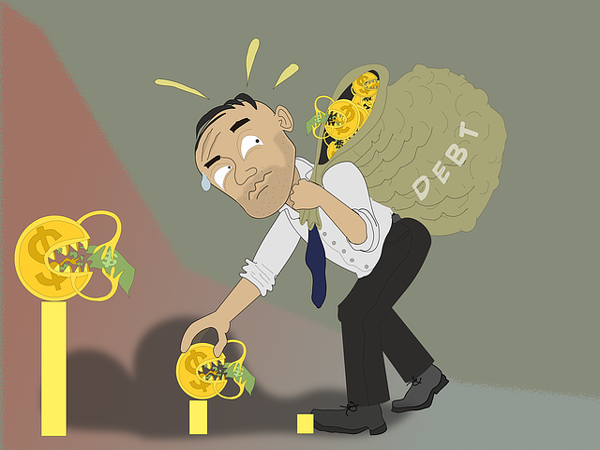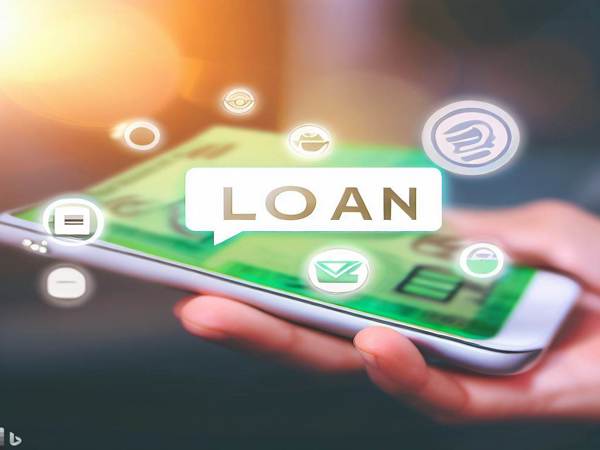Debt can be a useful tool or a dangerous trap, depending on how it’s handled. Understanding the difference between good debt and bad debt is essential for anyone looking to manage their finances wisely, especially in Nigeria, where borrowing is increasingly becoming a part of everyday life. This article will break down the concept of good and bad debt in simple terms, with real-life examples that are relevant to the Nigerian market.
What is Debt?
Before diving into good and bad debt, let's first understand what debt is. Debt is money borrowed from a lender that must be repaid over time, usually with interest. Common forms of debt include loans, credit cards, and mortgages. While debt itself isn’t inherently good or bad, the way it’s used can make a huge difference in your financial health.
What is Good Debt?
Good debt is borrowing that helps you generate income or increase your wealth over time. In other words, it’s debt that works for you rather than against you. Good debt is an investment in your future, and it should ideally result in a positive return.
Example 1: Education Loans Imagine you're a young Nigerian student who just got admitted into one of the country’s top universities. You don’t have enough money to pay for your tuition, so you decide to take out an education loan. This loan allows you to get a quality education, which in turn increases your chances of getting a good job after graduation. With that job, you can pay off the loan and still have money left over. This is a classic example of good debt because the loan is helping you build a better future.
Example 2: Business Loans Let’s say you’re an aspiring entrepreneur with a brilliant business idea—like starting a logistics company in Lagos, where there’s a high demand for delivery services. You take out a business loan to buy motorcycles, hire staff, and set up your operations. As your business grows, you’re able to pay off the loan and still make a profit. This is good debt because it’s an investment that’s generating income and improving your financial situation.
What is Bad Debt?
Bad debt, on the other hand, is borrowing that doesn’t provide any financial return or benefit. It’s debt that doesn’t help you build wealth or improve your financial situation and often leads to more financial stress. Bad debt typically involves borrowing money for things that lose value over time or don’t contribute to your long-term financial goals.
Example 1: Credit Card Debt Credit cards are becoming more popular in Nigeria, but they can quickly become a source of bad debt if not used wisely. Imagine you use a credit card to buy a new smartphone because your friends all have the latest model. The phone doesn’t help you earn more money or improve your life significantly, but you now owe money on it, and the interest on the credit card keeps piling up. This is bad debt because the item you purchased is losing value, and you’re stuck paying high-interest rates.
Example 2: Payday Loans Payday loans are short-term loans with very high-interest rates that are often marketed to people who need quick cash. For instance, if you take out a payday loan to buy groceries because you’re short on cash, you’ll likely find yourself in a worse financial position when it’s time to repay the loan. The high-interest rates can quickly lead to a cycle of debt that’s hard to escape. This is bad debt because it’s not improving your financial situation—in fact, it’s making it worse.
How to Make Borrowing Work for You
Now that you understand the difference between good and bad debt, let’s look at how you can make borrowing work for you.
- Borrow with a Purpose Before taking on any debt, ask yourself if the money you’re borrowing will help you achieve a specific financial goal. If the debt will help you generate income, improve your skills, or invest in something that will increase in value, it’s likely good debt. If the debt is for something that will lose value or won’t help you financially, it’s probably bad debt.
- Consider the Interest Rate High-interest rates can turn even good debt into bad debt if you’re not careful. Always compare interest rates and choose the lowest one available. For example, if you’re taking out a loan to start a business, shop around to find the best rate. The lower the interest rate, the less you’ll pay in the long run, making it easier to achieve your financial goals.
- Don’t Borrow More Than You Can Repay One of the most common mistakes people make is borrowing more money than they can realistically repay. Just because you qualify for a large loan doesn’t mean you should take it. Always consider your income and other financial obligations before taking on new debt. If you borrow more than you can handle, you risk falling into bad debt.
- Use Debt to Invest in Your Future The best way to use debt is to invest in something that will pay off in the long run. Whether it’s education, a business, or real estate, make sure the debt you’re taking on will lead to a better financial situation in the future. For example, if you’re taking out a mortgage to buy a home in Nigeria, make sure it’s a property that will likely increase in value over time.
- Avoid Impulse Borrowing It’s easy to get caught up in the moment and borrow money for things you don’t really need. Whether it’s using a credit card to buy the latest gadgets or taking out a loan for a luxury vacation, avoid borrowing on impulse. Take the time to think about whether the debt is truly necessary and how it will impact your financial future.
- Pay Off Bad Debt Quickly If you find yourself with bad debt, make it a priority to pay it off as quickly as possible. The longer you carry bad debt, the more interest you’ll pay, and the harder it will be to get out of debt. Focus on paying off high-interest debt first, and avoid taking on any new bad debt.
- Build an Emergency Fund One of the best ways to avoid bad debt is to have an emergency fund. This is money set aside specifically for unexpected expenses, like medical bills or car repairs. If you have an emergency fund, you’re less likely to rely on high-interest loans or credit cards when something unexpected happens.
- Seek Financial Advice If you’re not sure whether a particular debt is good or bad, or if you’re struggling with debt, don’t hesitate to seek professional financial advice. A financial advisor can help you create a plan to manage your debt and improve your financial situation.
Conclusion
In Nigeria, as in many other parts of the world, borrowing is a part of life. But understanding the difference between good debt and bad debt is crucial for making smart financial decisions. Good debt is an investment in your future, helping you to build wealth and improve your financial situation. Bad debt, on the other hand, can hold you back and lead to financial stress. By borrowing with a purpose, considering interest rates, and using debt to invest in your future, you can make borrowing work for you rather than against you. Remember, the goal is to use debt as a tool to achieve your financial goals, not as a burden that drags you down.

.jpg)









